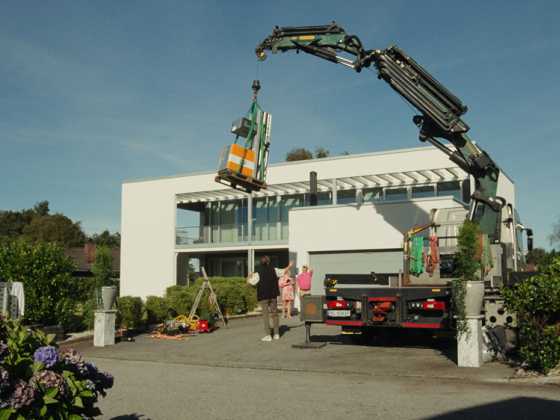NO2 emissions reduced in Scotland after 50mph limit

Emissions of nitrogen dioxide (NO2) have reduced at all five locations on the motorway and trunk road network where 50mph speed limits were introduced a year ago, an interim data report has shown.
Speed limits of 50mph were introduced at five locations on the motorway and trunk road network to reduce levels of NO2 exceeding the legal limit set out in the EU Ambient Air Quality Directive and the Air Quality Standards (Wales) Regulations 2010 achieve compliance in the shortest possible time.
The speed limits were introduced at each of the locations as research demonstrated the potential to bring immediate improvements to air quality, and bring forward compliance which would do in a way that reduces human exposure to NO2 as quickly as possible and will mean that achieving compliance is not just possible but likely.
Further data will be required to assess if this improving air quality trend can be confirmed. A further report is due to be published in March 2020, with the speed limits remaining in place until the levels of nitrogen dioxide drop and remain below the legal limit.
The speed limits are in place at the following locations: A494 at Deeside; A483 near Wrexham; M4 between junctions 41 and 42, Port Talbot; M4 between junctions 25 and 26, Newport; A470 between Upper Boat and Pontypridd.
The one exception is the M4 at Newport, where the setting of a maximum 50mph speed limit via the variable speed limit (VSL) system in combination with potential variable diversions were identified as the most appropriate measures.
Average speed cameras in four locations were erected in August and became operational for monitoring last month. Monitoring of speeds on the M4 in Newport is being undertaken by the ‘spot speed’ cameras installed as part of the VSL system.
To highlight that the cameras are monitoring speed limits provided for environmental and not road safety reasons, green coloured camera shields have been added to them as an alternative to the standard yellow shields.
Efforts to raise awareness of the reasons for the speed limits are being introduced and will include information traffic signs at each of the five locations, engagement with schools via a competition to design a sign and a public awareness campaign via social media.



